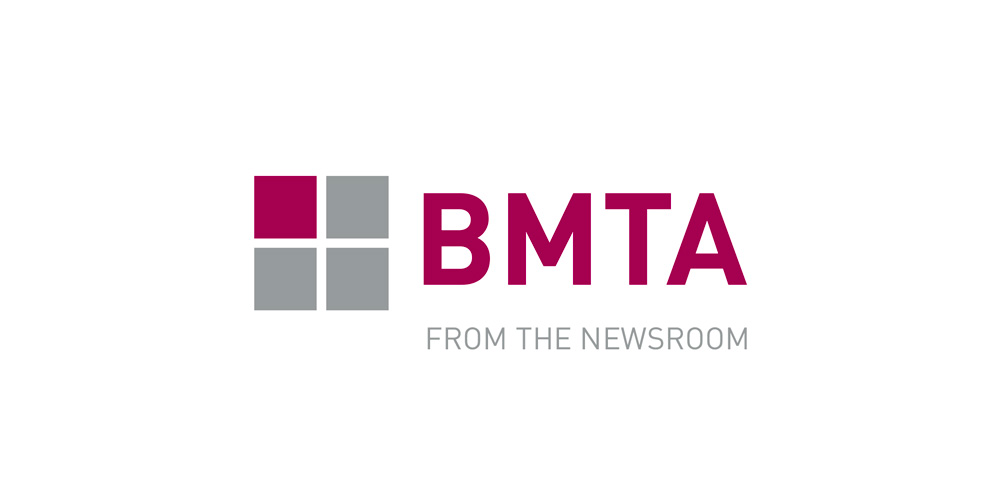
Formation and Objectives
The Versailles Project on Advanced Materials and Standards (VAMAS) was established following an economic summit in 1982 held at Versailles by the Heads of State of the G7 group of nations and representatives from the Commission of the European Communities. The membership has expanded over the last few years.
The main objective of VAMAS is to promote world trade by innovation and adoption of advanced materials through international collaborations that provide the technical basis for harmonisation of measurement methods, leading to best practices and standards.
Structure
Overall management of VAMAS is through a Steering Committee (SC) with up to three representatives from each of the members. The Chair and Secretariat of VAMAS alternates on a three-year cycle. The current Chair of VAMAS is Dr. Michael Fasolka from the National Institute of Standards and Technology (NIST), USA.
The pre-standards research activities of VAMAS are organized into technical committees called Technical Working Areas (TWA), which are overseen by the SC and led by International Chairs. The SC is responsible for policy, programme planning, approval of new TWAs and projects, appointment of TWA Chairs and monitoring the progress of the TWAs. Management of the research activities is vested in the Chairs and Project Leaders within the TWAs. Each TWA has SC Coordinators who represent and provide liaison to the SC.
Since the inception of VAMAS, 39 TWAs have been set up, covering a wide range of pre-standards research needs for the application of advanced materials. Over 500 individuals from many research groups including reseachers from outside the original founding countries have participated in over 80 individual projects.
Typically, international collaboration takes place to agree the technical basis for test method development and, using round robin intercomparisons, the test methods are checked to ensure that consistent results are obtainable at different laboratories, and provide precision (repeatability and reproducibility) data.
International Standards Bodies
VAMAS has signed a Memorandum of Understanding with both ISO and IEC under which these international standards development organizations (SDO) have agreed to publish Technology Trends Assessments (TTAs) based on the work of VAMAS to accelerate the development of standards in advanced materials.
- ISO/TTA 1:1994 Advanced technical ceramics — Unified classification system. Also adopted in
- ISO TC206: 15165 on Fine Ceramics.
- ISO/TTA 2:1997 Tensile tests for discontinuously reinforced metal matrix composites at ambient temperatures
- ISO/TTA 3:2001 Polycrystalline materials — Determination of residual stresses by neutron diffraction
- ISO/TTA 4:2002 Measurement of thermal conductivity of thin films on silicon substrates
- SO/TTA 5:2007 Code of practice for creep/fatigue testing of cracked components
World Materials Research Institute Forum (WMRIF)
In July 2008, VAMAS and the World Material Research Institute Forum (WMRIF) signed a Memorandum of Understanding that will encourage information exchange and possible joint work items between the two organizations.
Bureau International des Poids et Mesures (BIPM)
A Memorandum of Understanding on cooperation has been signed with the BIPM. This leads the way to collaborate and identify key metrological traceability issues affecting the comparability and accuracy of the measurement of materials properties.
Contact Vamas
If your query is related to an active Technical Working Area (TWA) or would like to find out details about participation in the projects, you may contact the relevant TWA Chair directly. Please email Vamas us using the link below.
Vamas have created a guideline for the Design and Operation of Interlaboratory Comparisons – Gert Roebben, (Report No 50), 2017. To obtain a free electronic copy, please email info@vamas.org.
